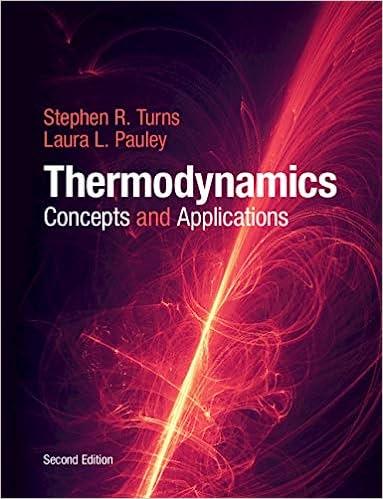Question
A dimerization reaction proceeds in the liquid phase isothermally following the reaction law indicated in the table below (where xA is fractional conversion and rA
A dimerization reaction proceeds in the liquid phase isothermally following the reaction law indicated in the table below (where xA is fractional conversion and rA the rate of reaction).
| xA | 0 | 0.1 | 0.2 | 0.3 | 0.4 | 0.5 | 0.6 | 0.7 | 0.8 | 0.9 | 0.95 |
| -rA (mol /L s) | 0.5 | 0.44 | 0.39 | 0.32 | 0.25 | 0.19 | 0.12 | 0.08 | 0.04 | 0.02 | 0.01 |
The monomer reactant may be provided in a volumetric flow of maximum 0 = 0.8 L/s and its concentration can be fixed at any value between CA0 = 1 M and CA0 = 3 M. The final fractional conversion should be not lower than xA = 0.82. Note: reactors are to be assumed operating in ideal conditions perfectly mixed and steady state.
a) Choose which concentration you would use and why?
b) What final fractional conversion you would want to achieve and why?
c) What would be the volume of the reactor if the reaction was carried in a single Continuously Stirred Tank Reactor?
d) What would be the volume of the reactor if the reaction was carried in a single Plug Flow Reactor?
e) Would you carry this reaction in a single or multiple reactors and why?
f) Should you need to carry the reaction in a two or more reactors, how many reactors would you choose and what type(s).
g) Following your answer to question f), calculate the total reactors volume.
Step by Step Solution
There are 3 Steps involved in it
Step: 1

Get Instant Access to Expert-Tailored Solutions
See step-by-step solutions with expert insights and AI powered tools for academic success
Step: 2

Step: 3

Ace Your Homework with AI
Get the answers you need in no time with our AI-driven, step-by-step assistance
Get Started


